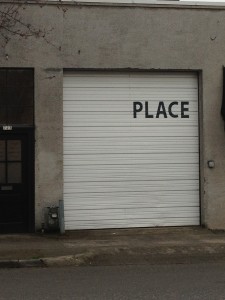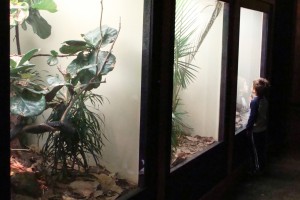From Project Wichita (formerly Wichita DDC):
“The Hole” on Douglas has been filled, and is in the final stage of transforming into a temporary urban park in the core of our City! In fall 2014, the WDDC received a grant from the Knight Foundation Fund at the Wichita Community Foundation to construct a temporary pop-up park. The park site, formerly known as “The Hole,” will occupy the Douglas Avenue frontage between Market and Main at 121 E. Douglas. The project included filling in “The Hole” with excess fill material (dirt) from the nearby development project on the Arkansas River – River Vista, and the new Child Advocacy Center site.
See a time lapse video of “the Hole” disappearing.

